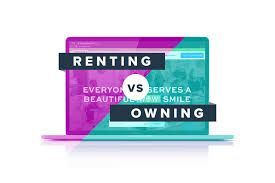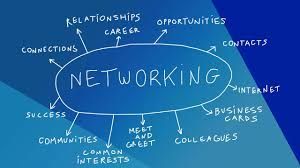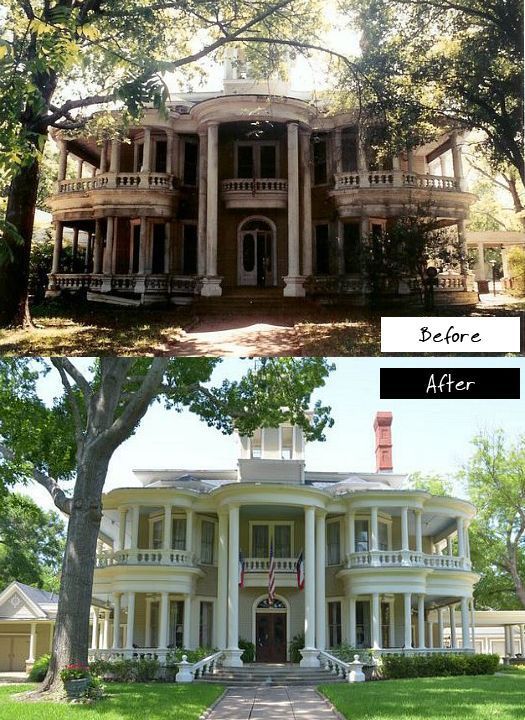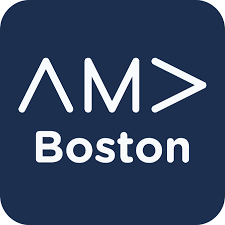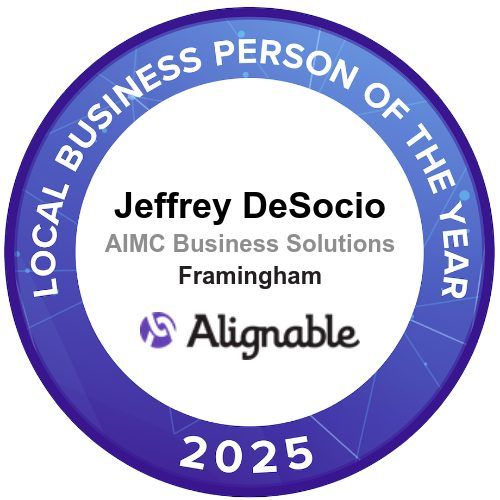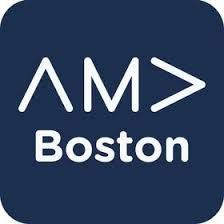What is the difference between a LinkedIn Company Page and Facebook Business Page?
LinkedIn Company Page versus Facebook Business Page

A LinkedIn Company Page and a Facebook Business Page serve different purposes and cater to different audiences, though both are essential for a comprehensive social media strategy.
Here are the main differences between the two:
Purpose and Audience
LinkedIn Company Page:
- Professional Networking: Primarily focused on professional networking, career development, and B2B (business-to-business) interactions.
- Audience: Attracts professionals, job seekers, industry experts, and other businesses.
- Content: Typically includes industry news, job postings, company updates, thought leadership articles, and professional achievements.
Facebook Business Page:
- Social Engagement: Geared towards a broader audience, including consumers and businesses, for social interaction and brand engagement.
- Audience: Encompasses a wider demographic, including customers, fans, and the general public.
- Content: More varied, including product promotions, customer testimonials, multimedia content (videos, images), events, and general updates that encourage community interaction.
Features and Tools
LinkedIn Company Page:
- Job Listings: Allows companies to post job openings and attract potential candidates.
- Analytics: Provides insights into how content is performing within a professional context.
- Employee Highlighting: Features where employees can list themselves as working at the company, enhancing networking and company credibility.
- Thought Leadership: Companies can publish articles and participate in industry discussions to position themselves as leaders in their field.
Facebook Business Page:
- Advertising: Robust ad targeting capabilities to reach specific demographics and interests.
- Engagement Tools: Features like comments, likes, shares, and direct messaging to engage with the audience.
- Events and Offers: Tools to create events, promote special offers, and run contests.
- Community Building: Groups and community tabs to foster a sense of community and loyalty among followers.
User Interaction
LinkedIn Company Page:
- Professional Interactions: Interactions are generally more formal and professional, focusing on business-related discussions.
- Content Sharing: Users often share industry news, professional achievements, and job-related content.
- Networking: Users connect with companies for networking, career opportunities, and professional growth.
Facebook Business Page:
- Casual Interactions: Interactions are more casual, focusing on building a personal connection with the brand.
- Content Sharing: Users share a variety of content, from product reviews and experiences to multimedia content and personal stories.
- Customer Engagement: Users interact with companies for customer service, product information, and brand experiences.
Reach and Discovery
LinkedIn Company Page:
- Organic Reach: Organic reach can be limited but is highly targeted to professionals and businesses.
- Searchability: Strong search functionality within LinkedIn helps professionals find companies by industry, job function, and more.
Facebook Business Page:
- Broad Reach: Offers the potential for a broad reach due to Facebook's large user base.
- Discovery: Easier for users to discover businesses through shares, likes, and the vast network of Facebook users.
In summary, a LinkedIn Company Page is ideal for professional branding, networking, and B2B marketing, while a Facebook Business Page is better suited for broad consumer engagement, social interaction, and B2C marketing. Both platforms offer unique tools and benefits that cater to their specific audiences and purposes.

